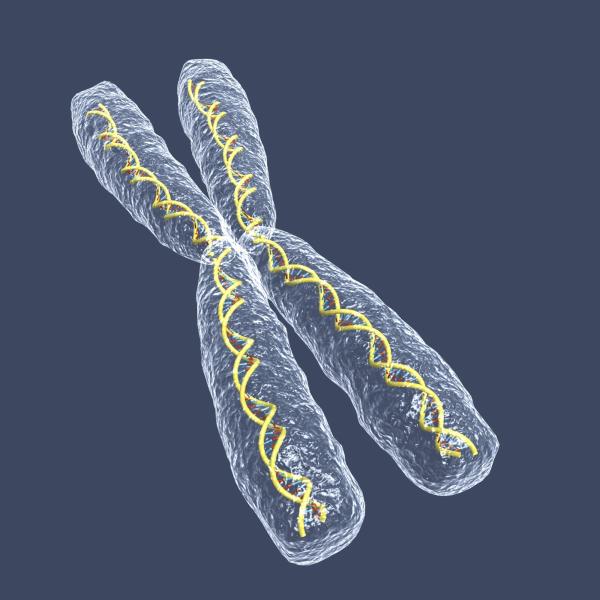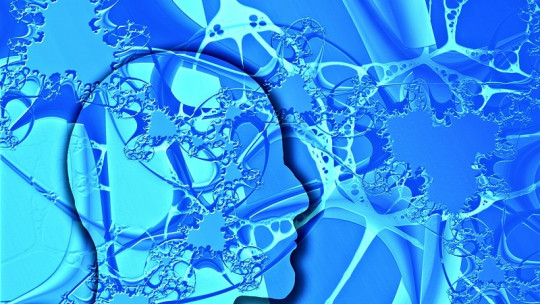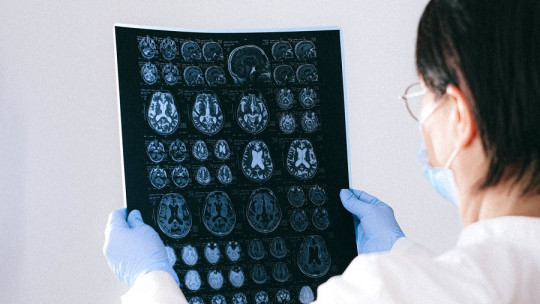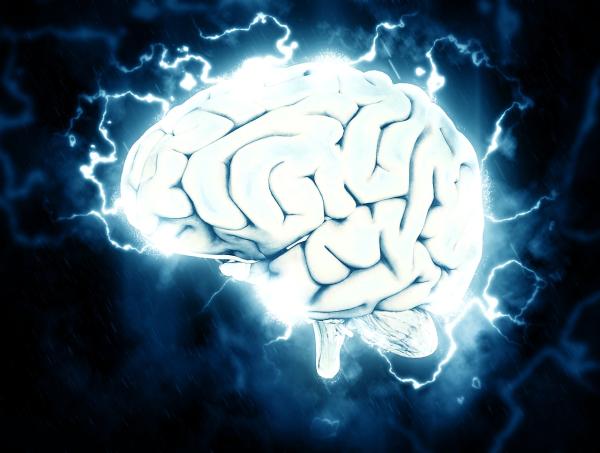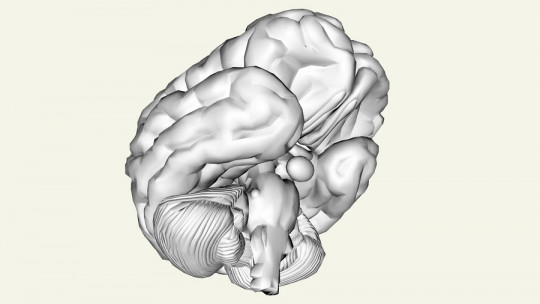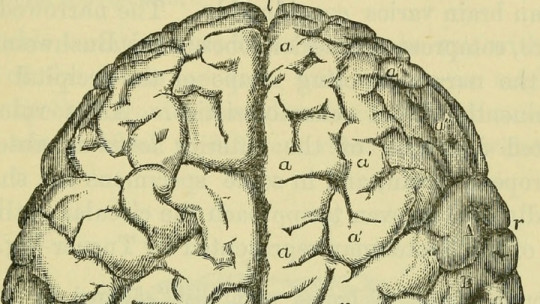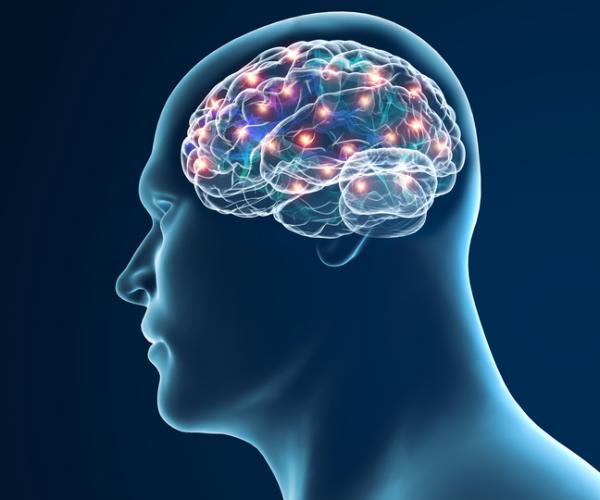Turner Syndrome was already described for the first time in 1768, although it was systematized in 1938 by Dr. Henry Turner. It consists of a genetic disorder that generally manifests itself from birth and affects only girls.
In this PsicologíaOnline article, we will focus on the Psychological and neuropsychological problems of Turner syndrome
Brief presentation of Turner Syndrome
It’s because total or partial loss of the second X chromosome Instead of the complete 46,XX karyotype, these girls frequently (55% of cases) show a 45,X karyotype in all their cells, or less frequently (18%) a mosaic 45,X/46,XX karyotype ( some of their cells have lost an (45,X+rX). Other genetic karyotypes have been described in Turner syndrome, but their frequencies are very low.
Turner syndrome 1 in every 2,300 girls born alive carry it , and 10% of spontaneous abortions. It is not heritable, so if a couple has had a daughter with Turner, they are equally likely to have another daughter with Turner as without this syndrome.
Most frequent somatic symptoms
Girls with Turner, if they do not receive specific treatment, show in more than 50% of cases: low stature (1.45 m tall), poor development of sexual characteristics primary (atrophic and banded ovaries) and secondary when puberty arrives, amenorrhea, sterility or great difficulty in conception (only 1.5% conceive spontaneously without problems), specific elbow deformity (cubitus valgus), wide chest (on shield), widely spaced nipples, short and wide neck, low hair growth line, lymphedema (lymph retention in hands or feet), cardiovascular disorders especially the aorta.
They may also appear, but in less than half of the cases: winged neck (excess skin in folds or pterygium colli), rotated ears, horseshoe kidney, strabismus and myopia hearing problems, palate abnormalities, andscoliosis, nevus and moles, ptosis (drooping eyelid), hypothyroidism, hypertension, food intolerances, gonadal tumor.
Not all girls with Turner syndrome show the same degree of physical impairment , and the alterations vary considerably from one to another. Although not completely accurate, it is accepted that girls with 45,X/46,XX mosaic have less severe physical symptoms than those with 45,X karyotype.
The basic treatment consists of: provision of growth hormone (GH) with or without oxandrolone around 5 years of age of the girl, provision of sex hormones (estrogens) from around 13 years of age, and symptomatic surgical or medicinal treatment to correct or alleviate disorders associated with the syndrome.
Neuropsychological problems
Until a couple of decades ago, the study and intervention of the possible neurocognitive deficiencies that Turner syndrome can entail has been neglected. For two reasons: because they are not identified as “major or main symptoms” like physical symptoms, and because they are not generally of great intensity. We can distinguish:
- Global disorders. They have a very low frequency of appearance:
- Mental deficiency. The girl’s overall cognitive developmental development is usually normal, and her mental age is in line with her chronological age. Mental deficiency occurs with a very slight higher frequency than in the general child population, and in cases in which it appears, a karyotype with X or ring fragments (45,XrX) is usually detected in the genetic analysis.
- Other pervasive developmental disorders, such as autism. The frequency is identical to that of the general group of children.
- Dementia (loss of already consolidated mental abilities). It does not appear linked to Turner syndrome.
- Partial deficits. They are the most common, but also have great variability in presentation. In some cases they can hinder academic performance. Its detection is subtle and sometimes very specific neuropsychological batteries are needed. It is thought that the genetic alteration responsible is located on the short arm of the X chromosome inherited from the father, specifically in the pseudoautosomal region (PAR1) Xp22.33. The functions of the right hemisphere are more intensely affected with hypofunction of the temporo-parietal and occipital lobes, as well as EEG slowing (greater quantity and amplitude of theta and delta waves). We can say:
- Problems generating or/and understanding abstract concepts.
- Minor ability to plan and carry out multi-phase tasks.
- Difficulty managing the numerical factor (mathematics, calculations).
- Difficulty with the visuo-spatial factor (drawing, plans, interpreting faces).
- Deficit in maintaining active attention.
- Mild hyperactivity or psychomotor restlessness.
- Insomnia.
- Deficits with non-verbal memory, especially short-term memory.
- Verbal IQ is usually higher than manipulative IQ.
Psychological problems
It is considered that they are more linked to the experiential reactions of the girl, adolescent or mature woman, and are not so much directly due to the phenotypic expression of the Turner genetic problem. For this reason, they are extraordinarily variable according to different investigations by various authors. But in general we can differentiate:
- Childhood psychological problems They have been the most studied:
- Delay in emotional maturity, generally related to the overprotection of parents towards their “sick” daughter. For this reason, these girls may also be more dependent on their parents or teachers.
- General infantilism.
- Anxiety, nervousness (it is debated whether there may also be an endogenous basis).
- School adaptation and integration problems (poor social skills).
- Need for pre-established routines, for external order, to avoid changes.
- Youth psychological problems They are cited as possible:
- Greater dependence on the family of origin.
- Later age of initiation of sexual activities.
- Worse acceptance of one’s own body and distortion of the body schema.
- Poor self-esteem.
- Social relationship problems, “stage type” social anxiety.
- They have fewer friends and they are younger than theirs.
- Greater degree of anxiety and dysthymia than the control group.
- Psychological problems of adult women:
- Few university graduates in technical and scientific careers. But practically the same proportion of graduates or graduates in humanities or “literary” careers as the general population.
- Lower proportion of women forming stable couples.
- Less enjoyment of sexual relations (higher incidence of anorgasmia, low sexual desire or rejection of sex).
- Vulnerability to social and adaptation problems.
- Poor self-concept in specific areas (childhood and adolescent traumas).
This article is merely informative, at PsychologyFor we do not have the power to make a diagnosis or recommend a treatment. We invite you to go to a psychologist to treat your particular case.
If you want to read more articles similar to Psychological and neuropsychological problems of Turner syndrome we recommend that you enter our Neurosciences category.
Bibliography
- Downey, J; Ehrhardt, A; Gruen, R; Bell, JJ, and Morishima, A. (1989): Psychopathology and social functioning in women with Turner Syndrome, J Nerv Ment Dis, 177 (4): 191-201.
- Fernández, RM and Pásaro EJ. (2005): Neuropsychological aspects in Turner syndrome. In: Various authors, Turner syndrome; 2010 Ed. Madrid, pp 95-7.
- Johnson, R; Rhorbaugh, JW, and Ross JL. (1993): Altered brain development in Turner’s syndrome, Neurol, 43 (4): 801-8.
- Money, J. (1993): Specific neurocognitive impairments associated with Turner (45,X) and Klinefelter (47,XXY) syndromes: a review, Soc Biol, 40 (1-2): 147-51.
- Money, J; Alexander, D, and Ehrhardt, A. (1966): Visual-constructional deficit in Turner’s syndrome, J Pediar, 69 (1): 126-7.
- Money, J, and Mittenthal, S. (1970): Lack of personality pathology in Turner’s syndrome: relation to cytogenetics, hormones and physique, Behav Genet, 1 (1): 43-56.
- Murphy, D.G. Allen, G; Haxby, J.V.; Largay, K.A.; Daly, E; White, B.J.; Powell, C.M., and Schaphiro, M.B. (1994): The effects of sex steroids and the X chromosome on female brain function: a study of the neuropsychology of adult Turner’s syndrome, Neuropsychologia, 32 (11): 1309-23.
- Murphy, D.G. Mentis, M.J.; Pietrini, P; Grady, C; Daly, E; Haxby, J.V.; De la Granja, M; Allen, G; Largay, K.A.; White, B.J.; Powell, C.M.; Horwitz, B; Rapaport, SI, and Schaphiro, MB. (1997): A PET study of Turner’s syndrome: effects of sex steroids and the X chromosome on brain, Biol Psychiatry, 41 (3): 285-98.
- Netley, C, & Rovet, J. (1982). Atypical hemispheric lateralization in Turner’s syndrome subjects, Cortex, 18 (3): 377-84.
- Ostberg, JE, and Conway, GS. (2003): Adulthood in women with Turner’s syndrome, Horm Res, 59 (5): 211-21.
Pennington, B.F.; Heaton, R.K.; Karzmark, P; Pendleton, M.G.; Lehman, R, and Sucard, DW. (1985): The neuropsychological phenotype in Turner’s syndrome, Cortex, 21 (3): 391-404. - Rodríguez del Álamo, A. (2005): Psychological and neuropsychological developments in Turner’s syndrome. In: Various Authors, Unofor Papers, vol 7, 1; OUP, Eugene: pp 32-5.
- Ross, J.L.; Zinn, A, and Mc Cauley, E. (2000): Neurodevelopmental and psychosocial aspects of Turner syndrome, Ment Retard Dev Disabil Res Rev, 6 (2): 135-41.
- Ross, J.L.; Roeltgen, D; Kushner, H; Wei, F, and Zinn, AR. (2000): The Turner’s syndrome-associated neurocognitive phenotype maps to distal Xp, Am J Hum Genet, 67 (3): 672-81.
- Sylven, L; Hagenfeldt, K; Brondum-Nielsen, K, and Von Schoultz, B. (1991): Middle-aged women with Turner’s syndrome: medical status, hormonal treatment and social life, Acta Endocrinol, 125 (4): 359-465.
- Tsuboi, T; Nielsen, J, and Nagayama, I. (1988): Turner’s syndrome: a qualitative and quantitative analysis of EEG background activity, Hum Genet, 78 (3):206-15.

